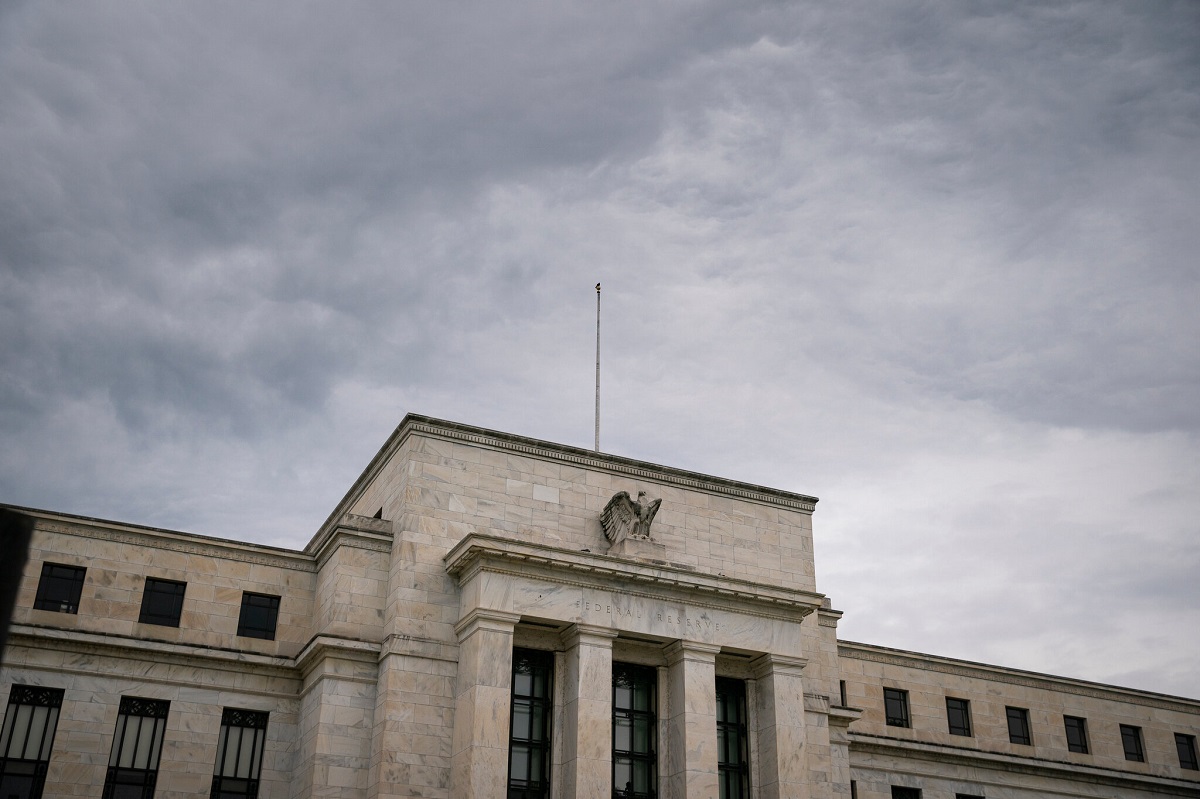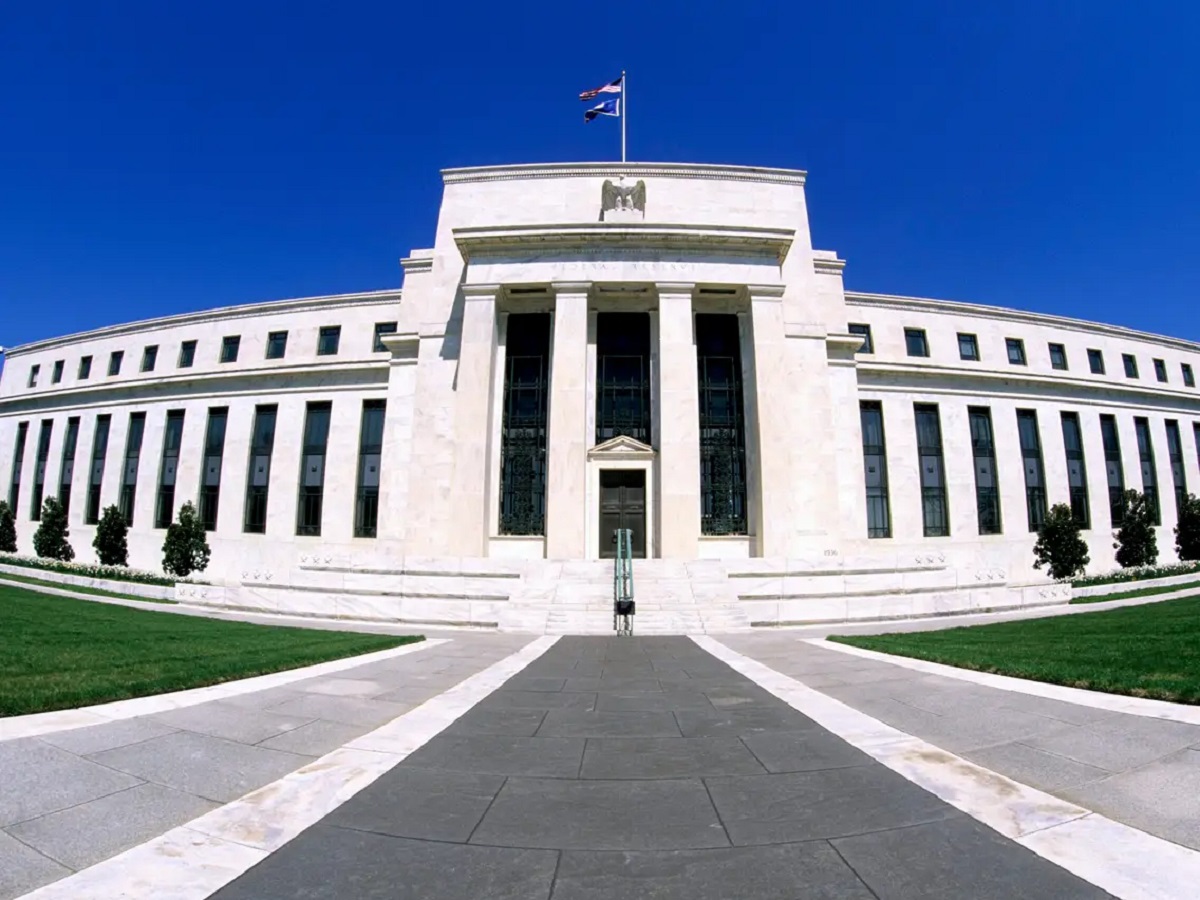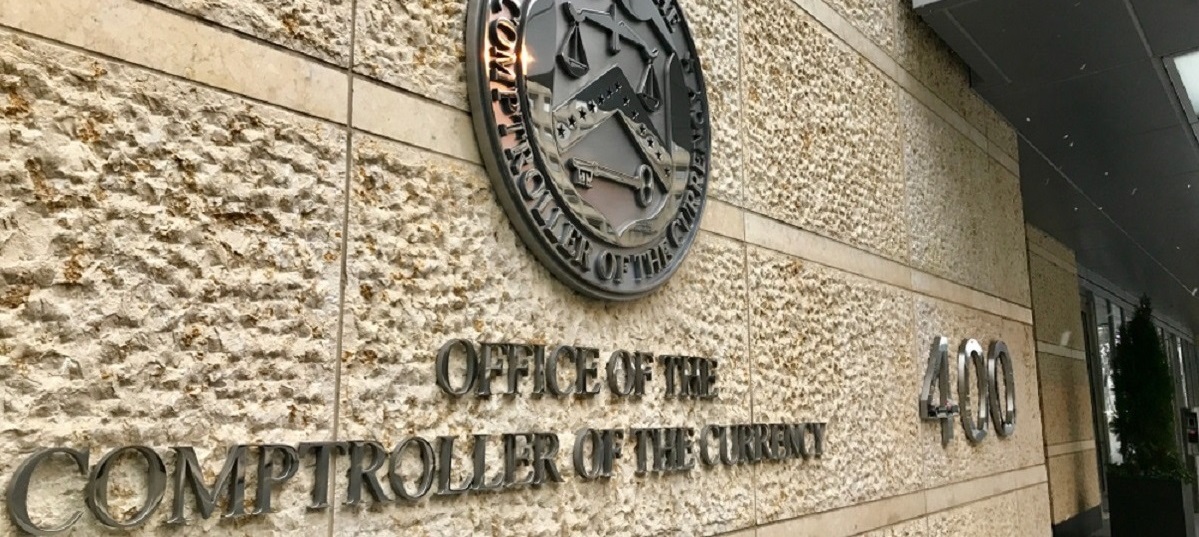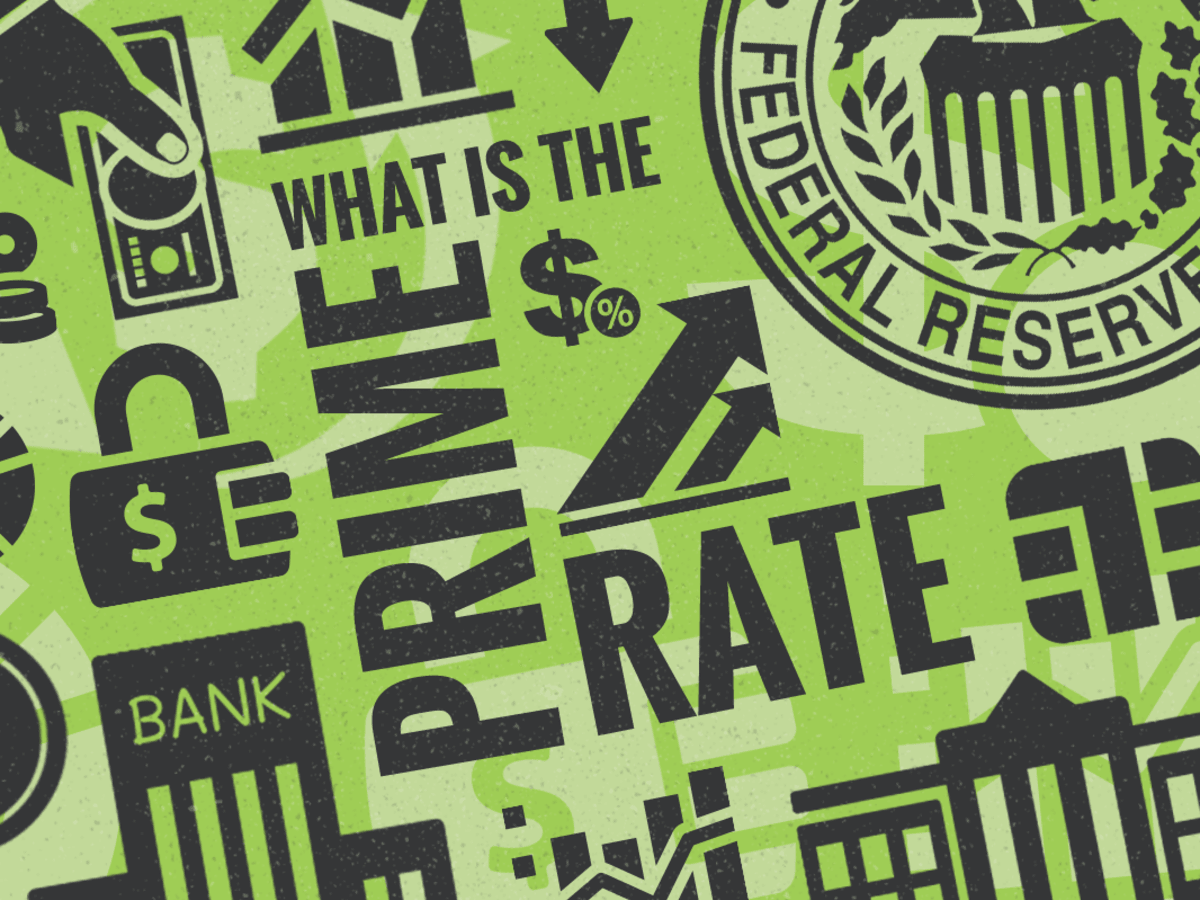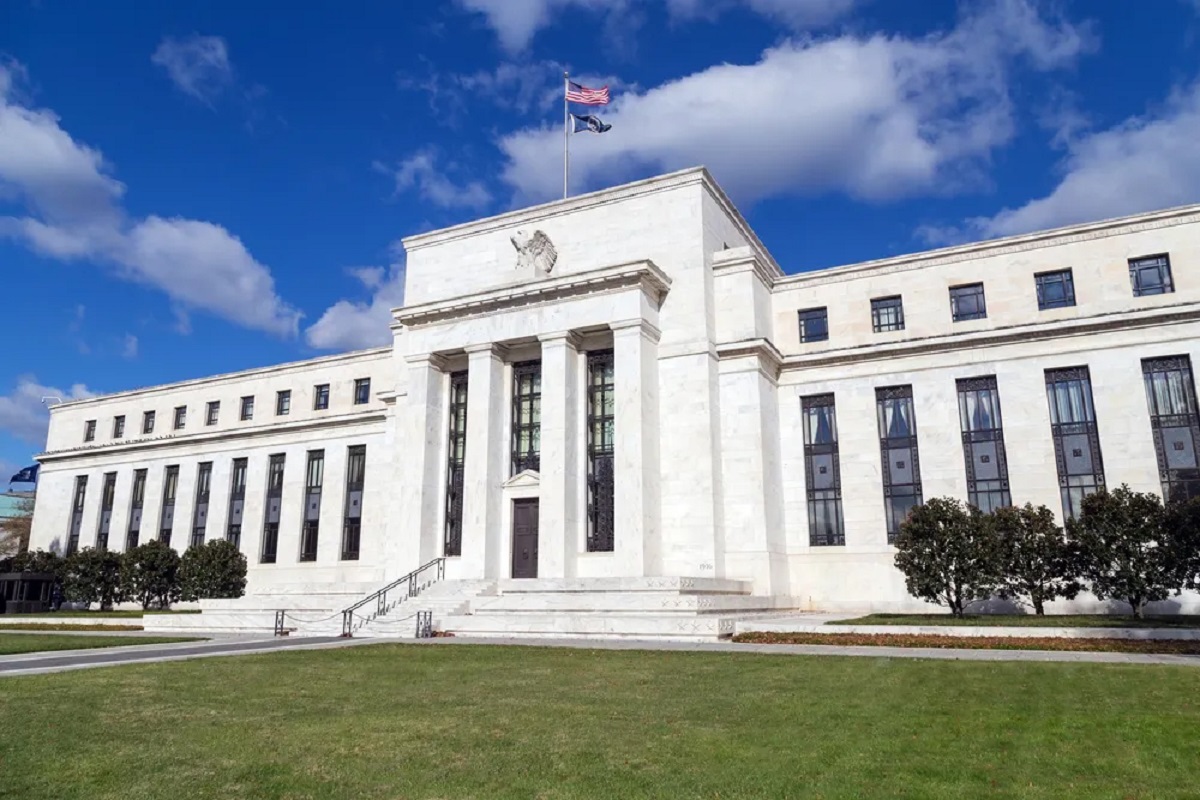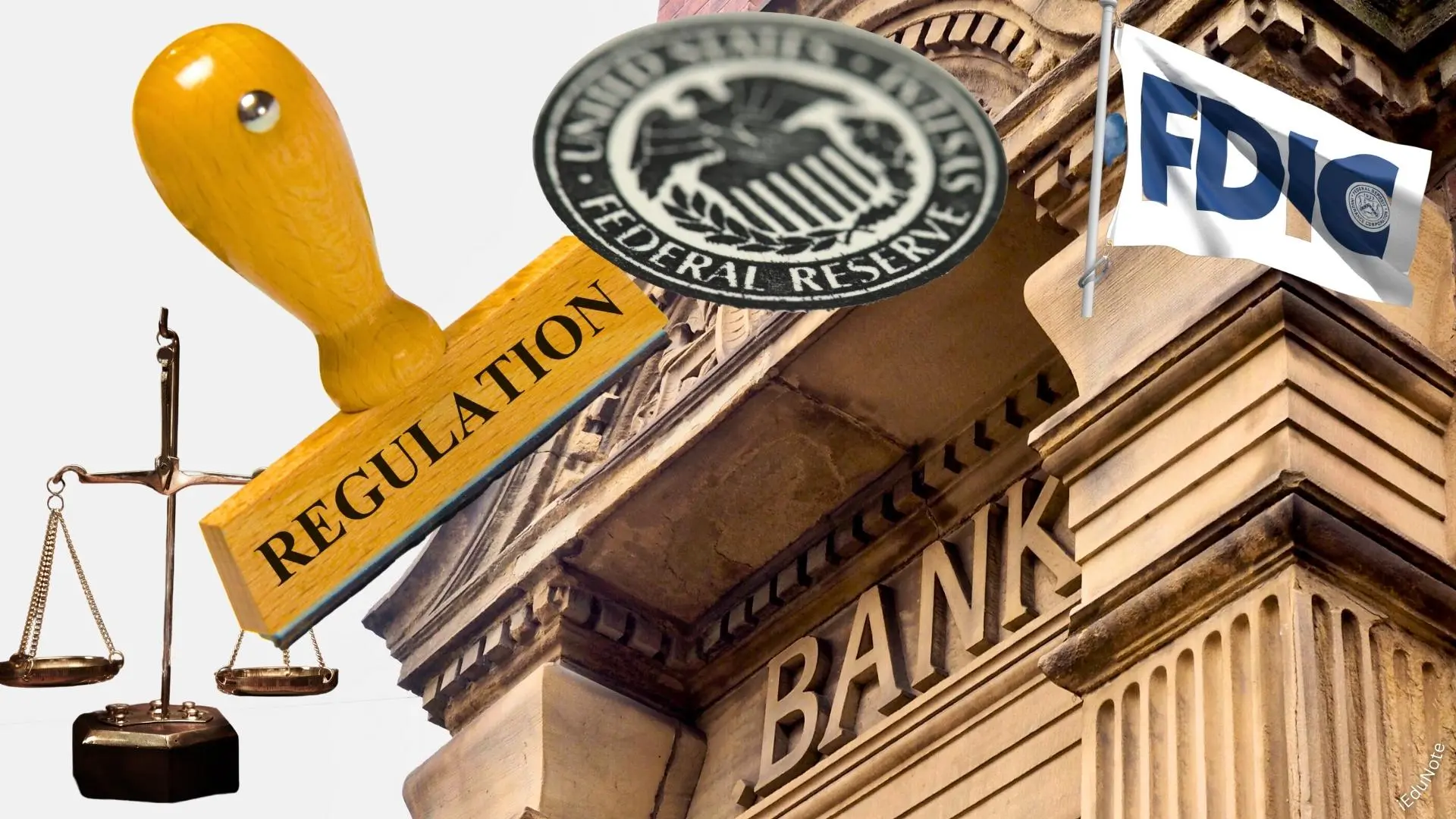Introduction
When it comes to setting interest rates and regulating the lending activities of the nation’s banks, there are several governing bodies involved. These authorities play a crucial role in maintaining stability in the banking sector, protecting consumers, and fostering economic growth. Understanding who has the authority to set interest rates and oversee lending activities is essential for both financial institutions and the general public.
In this article, we will explore the various entities that have the power to influence interest rates and supervise lending activities. From the Federal Reserve to state banking departments, each organization has a unique role in ensuring the smooth functioning of the banking industry. Let’s delve into the details of these governing bodies and how they shape the financial landscape of the nation.
By knowing who holds the reins in the banking sector, you can gain insight into the decision-making process and better comprehend the factors that impact interest rates on loans and deposits. So, without further ado, let’s take a closer look at the authorities responsible for setting interest rates and overseeing lending activities for the nation’s banks.
The Federal Reserve
The Federal Reserve, often referred to as the “Fed,” is the central bank of the United States. Established in 1913, its primary responsibility is to maintain price stability, promote economic growth, and regulate the nation’s financial system. One of the key tools at the disposal of the Federal Reserve is the manipulation of interest rates.
The Federal Reserve has the authority to set the federal funds rate, which is the interest rate at which depository institutions lend funds to each other overnight. This rate serves as a benchmark for many other interest rates, such as those on mortgages, credit cards, and auto loans. By adjusting the federal funds rate, the Federal Reserve can influence the cost of borrowing for individuals and businesses, thereby stimulating or slowing down economic activity.
In addition to setting interest rates, the Federal Reserve oversees and regulates the banking industry. It implements various regulations and guidelines to ensure the safety and soundness of financial institutions. The Federal Reserve also conducts regular supervision and examination of banks, which includes reviewing their lending activities and risk management practices.
Moreover, the Federal Reserve plays a crucial role in open market operations. Through the buying and selling of government securities, the Federal Reserve influences the supply of money in the economy, which in turn affects interest rates. When the Federal Reserve buys government securities, it increases the money supply, leading to lower interest rates. Conversely, when it sells government securities, it decreases the money supply and tends to raise interest rates.
Overall, the Federal Reserve wields significant influence over interest rates and lending activities for the nation’s banks. Its decisions and policies have far-reaching effects on the entire financial system and the economy as a whole. Understanding the role and authority of the Federal Reserve is essential for banks and individuals alike, as it shapes the borrowing and investment landscape in the United States.
The Office of the Comptroller of the Currency
The Office of the Comptroller of the Currency (OCC) is an independent bureau within the U.S. Department of the Treasury. Its mission is to ensure the safety and soundness of the national banking system while promoting fair and equal access to financial services for all consumers.
The OCC is responsible for supervising and regulating national banks and federal savings associations. As part of its oversight, the OCC sets standards and guidelines for lending activities, including the establishment of interest rates. While the OCC does not directly determine interest rates, it plays a critical role in ensuring that banks comply with applicable laws and regulations when setting rates for loans and other financial products.
The OCC provides guidance to banks on risk management practices, ensuring that lending decisions are made based on sound underwriting principles. This includes assessing the creditworthiness of borrowers, evaluating collateral, and establishing appropriate interest rates that align with the level of risk involved.
In addition to supervising lending activities, the OCC also conducts examinations to assess the overall financial health and compliance of banks. Through these examinations, the OCC evaluates a bank’s capital adequacy, liquidity, and risk management practices, including those related to lending. By monitoring and analyzing the lending activities of banks, the OCC can identify potential risks and take appropriate actions to mitigate them.
The OCC collaborates with other regulatory agencies, such as the Federal Reserve, the Consumer Financial Protection Bureau (CFPB), and state banking departments, to ensure a coordinated approach to overseeing the banking system. This collaboration helps create a level playing field for banks and ensures consistent standards in lending practices across the nation.
Overall, the Office of the Comptroller of the Currency plays a vital role in overseeing lending activities and promoting the stability and fairness of the national banking system. Its regulatory framework and supervision help foster consumer confidence and maintain the integrity of the financial industry. By setting standards and guidelines, the OCC contributes to the responsible and sustainable provision of credit by banks to individuals and businesses.
The Consumer Financial Protection Bureau
The Consumer Financial Protection Bureau (CFPB) is an independent agency established under the Dodd-Frank Wall Street Reform and Consumer Protection Act in 2010. Its primary mission is to protect consumers in the financial marketplace and ensure fair treatment in lending practices.
The CFPB has the authority to regulate various financial institutions, including banks, credit unions, payday lenders, mortgage servicers, and other non-bank entities. It enforces federal consumer financial laws and regulations, including those related to lending activities and interest rates.
One of the key focuses of the CFPB is to promote transparency and disclosure in lending practices. It requires that financial institutions provide clear and accurate information to consumers regarding interest rates, fees, terms, and conditions of loans. This ensures that borrowers have a complete understanding of the cost and risks associated with the loans they are considering.
Additionally, the CFPB works to prevent unfair, deceptive, and abusive practices in lending. It monitors the activities of financial institutions to identify and address any practices that may harm consumers. This includes investigating complaints from consumers and taking enforcement actions against institutions found to be in violation of consumer financial laws.
The CFPB also plays a role in educating consumers about their rights and responsibilities when it comes to borrowing. It provides resources and tools to help individuals make informed decisions and navigate the complex world of financial products and services.
While the CFPB does not directly set interest rates, it has the authority to influence and regulate lending activities to ensure fair and responsible practices. By holding financial institutions accountable and promoting consumer protection, the CFPB plays a crucial role in maintaining the integrity of the lending market and safeguarding the interests of borrowers.
Overall, the Consumer Financial Protection Bureau serves as a watchdog for consumers, ensuring that their rights are protected and that they are treated fairly in lending transactions. By promoting transparency, preventing abusive practices, and providing education, the CFPB contributes to a more equitable and trustworthy lending environment.
The Federal Deposit Insurance Corporation
The Federal Deposit Insurance Corporation (FDIC) is an independent agency established in 1933 to maintain stability and public confidence in the nation’s banking system. One of its primary responsibilities is to insure deposits in banks and savings associations up to a certain limit, currently set at $250,000 per depositor.
In addition to deposit insurance, the FDIC also acts as a regulatory body overseeing the operations and activities of banks. While its primary focus is on protecting depositors, the FDIC plays a role in supervising lending activities and ensuring the safety and soundness of banks.
While the FDIC does not directly set interest rates, it monitors and assesses the lending practices of banks to identify any potential risks to the banking system. Through regular examinations and inspections, the FDIC evaluates the quality of loans, risk management practices, and adherence to applicable regulations.
The FDIC also provides guidance to banks on prudent lending standards and advises on appropriate risk management strategies. This includes evaluating the creditworthiness of borrowers, analyzing collateral, and determining appropriate interest rates based on the level of risk involved.
In the event of bank failures, the FDIC plays a crucial role in managing the resolution process. It ensures that depositors are protected and that the orderly liquidation or transfer of a failed bank’s assets is conducted in a manner that minimizes disruptions to the financial system.
Overall, the FDIC serves as a safety net for depositors and promotes the stability and soundness of the banking system. While its primary mandate is deposit insurance, it also contributes to the supervision and regulation of lending activities of insured banks, helping maintain the integrity and resilience of the financial industry.
The Office of Thrift Supervision
The Office of Thrift Supervision (OTS) was a regulatory agency that oversaw savings associations, also known as thrifts or savings and loan associations. It was a part of the U.S. Department of the Treasury but was merged into the Office of the Comptroller of the Currency (OCC) in 2011. While the OTS no longer exists as an independent agency, it played a significant role in supervising and regulating lending activities for thrift institutions.
Prior to its merger, the OTS had the authority to regulate and supervise savings associations, including setting guidelines and regulations for lending activities. It ensured that thrift institutions operated safely and soundly, protecting the interests of depositors and promoting the stability of the thrift industry.
The primary focus of the OTS was to oversee the lending practices of savings associations, including the establishment of interest rates. It monitored these institutions to ensure compliance with applicable laws and regulations, including those related to lending standards, risk management, and consumer protection.
The OTS provided guidance to thrift institutions on various aspects of lending, such as loan underwriting practices, credit risk assessment, and interest rate risk management. It aimed to foster responsible lending practices and ensure that savings associations operated in a manner that minimized risk while meeting the needs of consumers in a safe and fair manner.
In addition to lending activities, the OTS also had jurisdiction over other aspects of savings associations, including capital requirements, mergers, and acquisitions. It worked to maintain the financial stability of thrift institutions and contribute to the overall health of the banking system.
While the OTS no longer exists as an independent agency, its responsibilities and functions have been absorbed by the OCC. This consolidation of regulatory authority ensures a unified approach to supervising and regulating lending activities for both national banks and federal savings associations.
Overall, the Office of Thrift Supervision played a significant role in overseeing lending activities, setting guidelines, and ensuring the safety and soundness of savings associations. Its responsibilities have now transitioned to the OCC, which continues to regulate and supervise lending activities for both national banks and federal savings associations.
State Banking Departments
State banking departments, also known as state banking regulatory agencies, are responsible for overseeing and regulating banking activities within their respective states. These departments play a crucial role in ensuring the safety and soundness of the state-chartered banks, credit unions, and other financial institutions operating within their jurisdiction.
While the specific responsibilities and authorities of state banking departments can vary from state to state, their core functions often include supervising lending activities, setting guidelines, and enforcing state-specific banking laws and regulations.
One of the key areas of focus for state banking departments is the regulation of interest rates charged by state-chartered banks. Although interest rates on certain types of loans may be influenced by federal laws and regulations, state banking departments often have the authority to regulate interest rates on loans that fall within their jurisdiction.
State banking departments monitor lending practices to ensure that they comply with applicable state laws, protect consumers, and promote fair lending practices. They enforce regulations related to interest rate disclosures, usury limits, and predatory lending practices to safeguard the interests of borrowers.
State banking departments also conduct regular examinations and inspections of state-chartered banks to assess their financial health, risk management practices, and compliance with state laws. These examinations include a review of lending activities, including loan underwriting practices, documentation requirements, interest rate calculations, and adherence to consumer protection regulations.
In addition to their supervisory role, state banking departments provide guidance and resources to financial institutions and consumers. They offer information on state-specific banking laws, interest rate regulations, and consumer rights pertaining to lending activities. This helps promote transparency and understanding among banks and consumers regarding interest rates and lending practices.
Furthermore, state banking departments may collaborate with other regulatory bodies, such as the OCC, the FDIC, and the CFPB, to ensure a coordinated approach to banking supervision and enforcement.
Overall, state banking departments are instrumental in regulating and overseeing lending activities within their respective states. They play a critical role in setting interest rate guidelines, enforcing state-specific regulations, and protecting the interests of consumers. By maintaining oversight at the state level, these departments contribute to the stability and integrity of the state’s banking system and promote fair lending practices.
Conclusion
Understanding who has the authority to set interest rates and regulate lending activities for the nation’s banks is crucial for both financial institutions and individuals. In this article, we have explored various governing bodies that play a significant role in shaping the financial landscape of the United States.
The Federal Reserve, as the central bank, holds the power to influence interest rates through the federal funds rate and open market operations. Its decisions have a profound impact on the cost of borrowing for individuals and businesses, ultimately affecting economic activity.
The Office of the Comptroller of the Currency (OCC), the Consumer Financial Protection Bureau (CFPB), the Federal Deposit Insurance Corporation (FDIC), and the now-integrated Office of Thrift Supervision (OTS) all contribute to the regulation and supervision of lending activities. While their specific roles and authorities may differ, they work to ensure the safety, stability, and fairness of the banking system.
Add to that, state banking departments play a vital role in regulating lending activities within their jurisdictions. They set guidelines, enforce state-specific banking laws, and protect consumer interests by monitoring the compliance of state-chartered banks.
Collectively, these regulatory bodies collaborate to maintain the integrity, stability, and soundness of the banking industry. Their efforts help promote responsible lending practices, ensure consumer protection, and contribute to a transparent and equitable financial marketplace.
By understanding the roles and responsibilities of these authoritative bodies, financial institutions and individuals can navigate the lending landscape more effectively. Banks can make informed decisions about interest rates and lending, while consumers can be better equipped to understand their rights and make responsible borrowing choices.
Overall, the interplay of these governing bodies serves as the foundation for a well-regulated banking system that fosters economic growth, protects consumer interests, and contributes to the overall stability of the nation’s financial sector.







